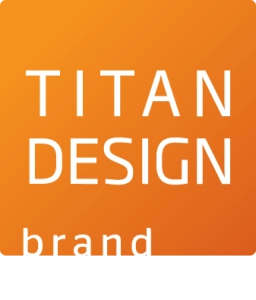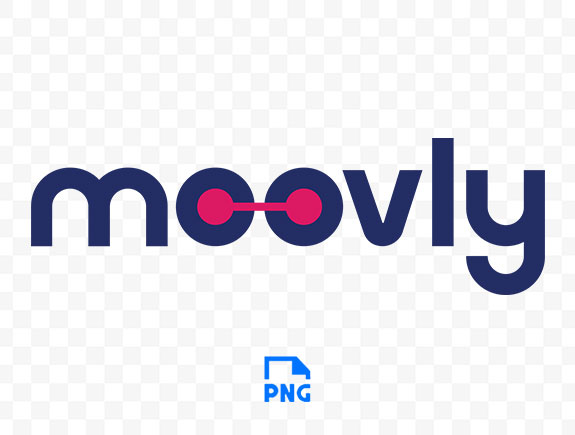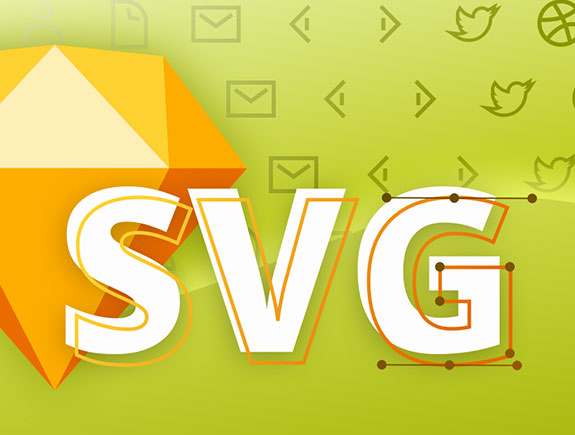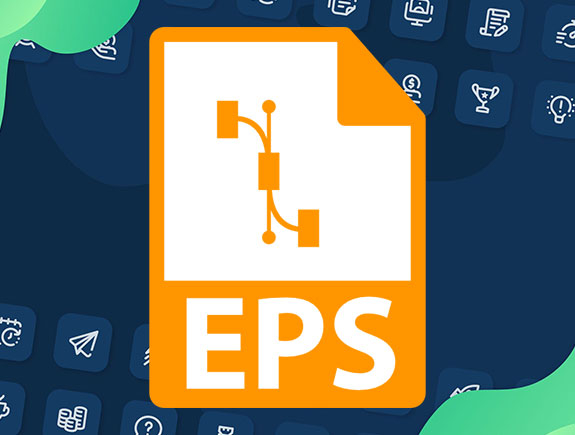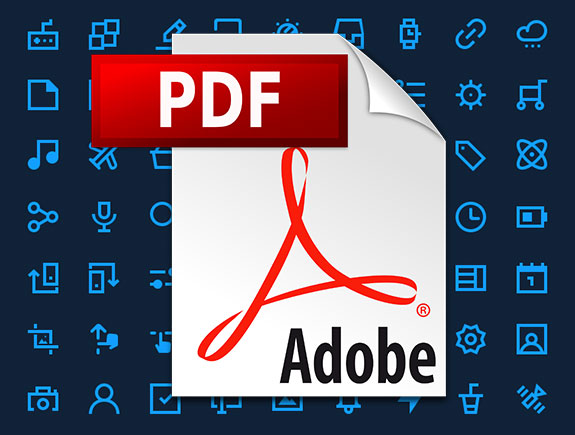After a design delivers a logo, you probably wonder what to do with all those files? Why did you get so many different formats? Where is the vector logo?
When it comes to logos, it is important to have a proper format for different purposes – whether you need to apply the logo to your business card, Facebook page, or print it on clothes. These are the most common formats:
- AI
- PNG
- SVG
- EPS
- JPG
You can recognize a file type based on its extension: logo.png, logo.eps, etc.
This post is dedicated to logo formats, how and where to use them.
Designers’ Favorite Formats
AI – Adobe Illustrator
An AI file is a vector-based image created and edited in Adobe Illustrator, one of the most popular graphic design programs. As a vector file, it consists of lines and curves defined by mathematical equations, unlike raster images made up of pixels. This means the logo can be scaled, edited, and manipulated without losing quality, making it a valuable resource for any company.
Designers typically use AI files as the “working file,” “source file,” or “master file” for logos because it gives them complete control over design elements. This allows for adjustments, such as changing colors, modifying shapes, or adjusting fonts. The AI format is popular because it can be exported to other formats without losing quality.
One of the main advantages of an AI file for your logo is that it can be easily scaled without compromising image quality. Whether your logo will be printed on a small business card or displayed on a billboard, the AI format allows you to scale the logo to any size without losing resolution or clarity. Thus, it is ideal for companies looking to display their logos in various sizes and on different media.
It’s important to note that you need Adobe Illustrator software to view or open an AI file. This means you must have the software installed on your computer if you want to edit or view your logo without a designer’s help. However, your designer can export your logo to different formats, such as EPS, PDF, or PNG, to be accessible to users who do not use Illustrator.
PNG – Portable Network Graphic
This file type can be used for almost all digital purposes. They are quite useful and if you need a logo on a transparent background, you want to place it on a background in any color or a photo. Yet, this file type is not recommendable for printing.
What is the benefit of using a PNG file?
- If you compress or decompress an image, it doesn’t lose its quality
- This file clearly shows all spectrum colors and shades
- Supports the use of transparent background
- This file is easy to load, open and use
PNG file is used for placing the logo on:
- Websites and blogs (including the icon in the browser)
- Presentations
- Word and Google documents
- Social media
- Online shops
- Images, posts, etc,. wherever the logo is needed as a stamp
How do you open a PNG file?
This file type can be opened on a computer, mobile, or tablet because it is easy to open and load. Also, most browsers allow us to see the PNG without any previous downloading.
SVG – Scalable Vector Graphic
This is a graphic file, that uses a twodimensional graphic vector format, developed for web usage. Opposite to other files, this one is suitable for enlarging without losing the quality of an image. Due to that characteristics, SVG should be used everywhere where a clear and precise image is needed. Also, a vector logo is very important for a printed format.
What is the benefit of using an SVG file?
- Could be used for all needed sizes and the image won’t lose the quality
- Vector file format
- Small file size in comparison to PNG or JPG
- Could be easily used on the web and it is adjusted to be used in design software such as Adobe Illustrator
- It supports transparent background
An SVG file is used to put the logo on:
- Printed material (business cards, posters, stickers, etc.)
- Clothes or any other promo material done on cloth
- Websites (with a special note that the one who does it should be familiar with coding, as WordPress doesn’t support this type of file)
- The last and maybe the most important – if you send a logo to a designer in a certain format, so to make certain changes – then this is exactly the form a designer would need
How do you open an SVG file?
This file type could be opened in a browser (Chrome, Firefox, Safari, etc), Adobe Illustrator, or any other Adobe program such as Photoshop and InDesign. As previously mentioned, this file type is suitable for sending it to a designer if any changes are required.
EPS – Encapsulated PostScript
This is another file type used in Adobe Illustrator, mostly used for two purposes: printing or any type of editing a logo or similar element. Designers call it a working or master file as it allows them great precision in work and editing.
What is the benefit of using an EPS file?
- Great for printing as a logo can be small enough and fit well on a business card or big enough to be placed on a billboard.
- Vector file format
- It is possible to edit it in designer software (Adobe Illustrator, Photoshop)
- Supports transparent background
An EPS file is used for placing logos on:
- Printed material (business cards, posters, brochures, etc.)
- Stickers and clothes
- Or to be sent to a designer
How do you open an EPS file?
It is almost impossible to open this file without Adobe Illustrator or Photoshop. Of course, there is free software but that would not be a good solution.
PDF – Portable Document Format
This is another format developed by Adobe. It is mainly used for documents but could be certainly used for sending images and other graphic elements, such as logos.
What is the benefit of using PDF files?
- Easy loading
- Keeps the same format on all devices (desktop, mobile, tablet)
- Supports transparent background
- Easy to be shared and sent to others
A PDF file is used for placing a logo on:
- Printed material (business cards, posters, stickers, etc.)
- Clothes and labels on it
How do you open a PDF file?
Due to its easy usage, this file can be downloaded then opened on a computer, tablet, mobile. Most browsers allow you to look at the file without downloading it. The best program for opening this format is Adobe Acrobat Reader, which you can download and use for free. To edit a PDF file, you need Photoshop or Illustrator.
JPG/JPEG
JPG or JPEG files are a commonly used raster image format suitable for web and print. These files are best for photographic images because they display complex color gradients and shading.
Unlike vector images like EPS or SVG, JPG files are pixel-based and cannot be scaled up without affecting image quality. Therefore, it’s essential to create and export JPG files in the appropriate size and resolution for their intended use to avoid pixelation or blurriness.
One significant limitation of JPG files is the lack of support for transparent backgrounds. Unlike PNG files, which can have transparent areas, JPG files always have a solid background color, making them less suitable for certain types of design work.
However, due to their universal compatibility with all types of computer software, JPG files remain a popular choice for web and print applications. They can be opened and viewed on any device and easily shared via email or file-sharing services.
- For digital use (social media posts and presentations) – PNG, JPG
- For printed material (business cards, brochures, clothing) – vector logo. So, SVG (if accepted by the printer, if not, EPS or PDF)
- If the designer needs to make specific changes – AI, SVG, or EPS (unless otherwise requested)
Titan team knows what’s most important
Speaking about logo design, the most important thing is to have the right file for each individual purpose. Let’s go through the most important points from this post again.
- For digital (social media posts and presentations) – PNG
- For printed material (business cards, brochures, clothes) – vector logo. SVG (if a printer accepts it, if not, then EPS or PDF)
- For design changes – SVG or EPS (unless something else has been required)
We wish you luck with branding.
If you want to get a professional-looking logo in all formats, then contact our team of designers. They will provide the best solution for you, packed in PNG, EPS, or any other format.
We hope you find this post useful and that you will share it with your friends and colleagues.
